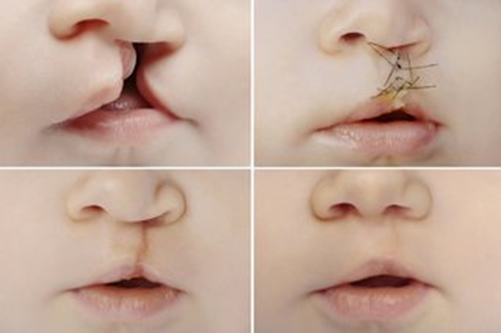A nurse is caring for a toddler who has acute laryngotracheobronchitis and has been placed in a cool mist tent. Which of the following findings should indicate to the nurse that the treatment is effective?
Barking cough
Decreased stridor
Decreased temperature
Improved hydration
The Correct Answer is B
Choice A reason: Barking cough is not a finding that indicates the effectiveness of the treatment. Barking cough is a sign of inflammation of the larynx and trachea, which causes a hoarse and harsh sound. It is a common symptom of acute laryngotracheobronchitis, also known as croup.
Choice B reason: Decreased stridor is a finding that indicates the effectiveness of the treatment. Stridor is a high-pitched, wheezing sound that occurs when the airway is narrowed or obstructed. It is a sign of respiratory distress and hypoxia. The cool mist tent helps to humidify and soothe the airway, reducing the swelling and inflammation.
Choice C reason: Decreased temperature is not a finding that indicates the effectiveness of the treatment. Decreased temperature could be a sign of hypothermia or sepsis, which are serious complications that require immediate attention. The normal temperature range for a toddler is 36.5°C to 37.5°C (97.7°F to 99.5°F).
Choice D reason: Improved hydration is not a finding that indicates the effectiveness of the treatment. Improved hydration is a sign of adequate fluid intake and output, which are important for maintaining electrolyte balance and preventing dehydration. However, hydration status does not directly affect the airway inflammation or obstruction.
Nursing Test Bank
Naxlex Comprehensive Predictor Exams
Related Questions
Correct Answer is A
Explanation
Choice A reason: Applying and releasing elbow restraints every hour prevents the infant from touching or injuring the surgical site, while allowing some movement and circulation. This is a standard nursing intervention for infants who have undergone cleft palate repair.
Choice B reason: Keeping the infant supine is not recommended, as it increases the risk of aspiration and bleeding. The infant should be placed in a side-lying or upright position to facilitate drainage and prevent pressure on the suture line.
Choice C reason: Feeding the infant with a spoon for 48 hours is not necessary, as it may cause discomfort and trauma to the palate. The infant can be fed with a special nipple or a syringe with a rubber tip that delivers small amounts of formula or breast milk to the side of the mouth.
Choice D reason: Suctioning the mouth with an oral suction tube is contraindicated, as it may damage the palate and cause bleeding or infection. The nurse should use a bulb syringe to gently suction the nose and mouth if needed.

Correct Answer is A
Explanation
Choice A reason: A 13% weight loss is a sign of severe dehydration in infants. Dehydration occurs when the body loses more fluid than it takes in. Acute gastroenteritis can cause vomiting and diarrhea, which can lead to fluid loss and dehydration.
Choice B reason: A bulging anterior fontanel is not a sign of dehydration, but rather a sign of increased intracranial pressure. The anterior fontanel is the soft spot on the top of the infant's head. It should be flat or slightly concave, not bulging or sunken.
Choice C reason: Bradypnea is not a sign of dehydration, but rather a sign of respiratory depression. Bradypnea is abnormally slow breathing, usually less than 12 breaths per minute in infants. Dehydration can cause tachypnea, which is abnormally fast breathing, usually more than 60 breaths per minute in infants.
Choice D reason: A capillary refill of 3 seconds is not a sign of dehydration, but rather a sign of normal perfusion. Capillary refill is the time it takes for the color to return to the nail bed after pressing on it. A normal capillary refill is less than 2 seconds. Dehydration can cause delayed capillary refill, which is more than 2 seconds.
Whether you are a student looking to ace your exams or a practicing nurse seeking to enhance your expertise , our nursing education contents will empower you with the confidence and competence to make a difference in the lives of patients and become a respected leader in the healthcare field.
Visit Naxlex, invest in your future and unlock endless possibilities with our unparalleled nursing education contents today
Report Wrong Answer on the Current Question
Do you disagree with the answer? If yes, what is your expected answer? Explain.
Kindly be descriptive with the issue you are facing.
